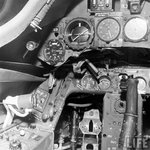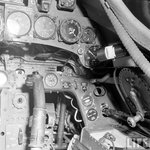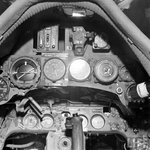Interesting question on another forum: "The Luftwaffe was forced to fly in some pretty dangerous weather during the winter of '43/44 and '44/45. How common was it for Luftwaffe fighter pilots to bailout of an otherwise flyable airplane when they couldn't see the runway due to bad weather? Landing a Bf-109 with wing-mounted 20mm's in snow, fog and ice with zero or near zero visibility was probably not a very fun thing to do..."
Moss
Moss



